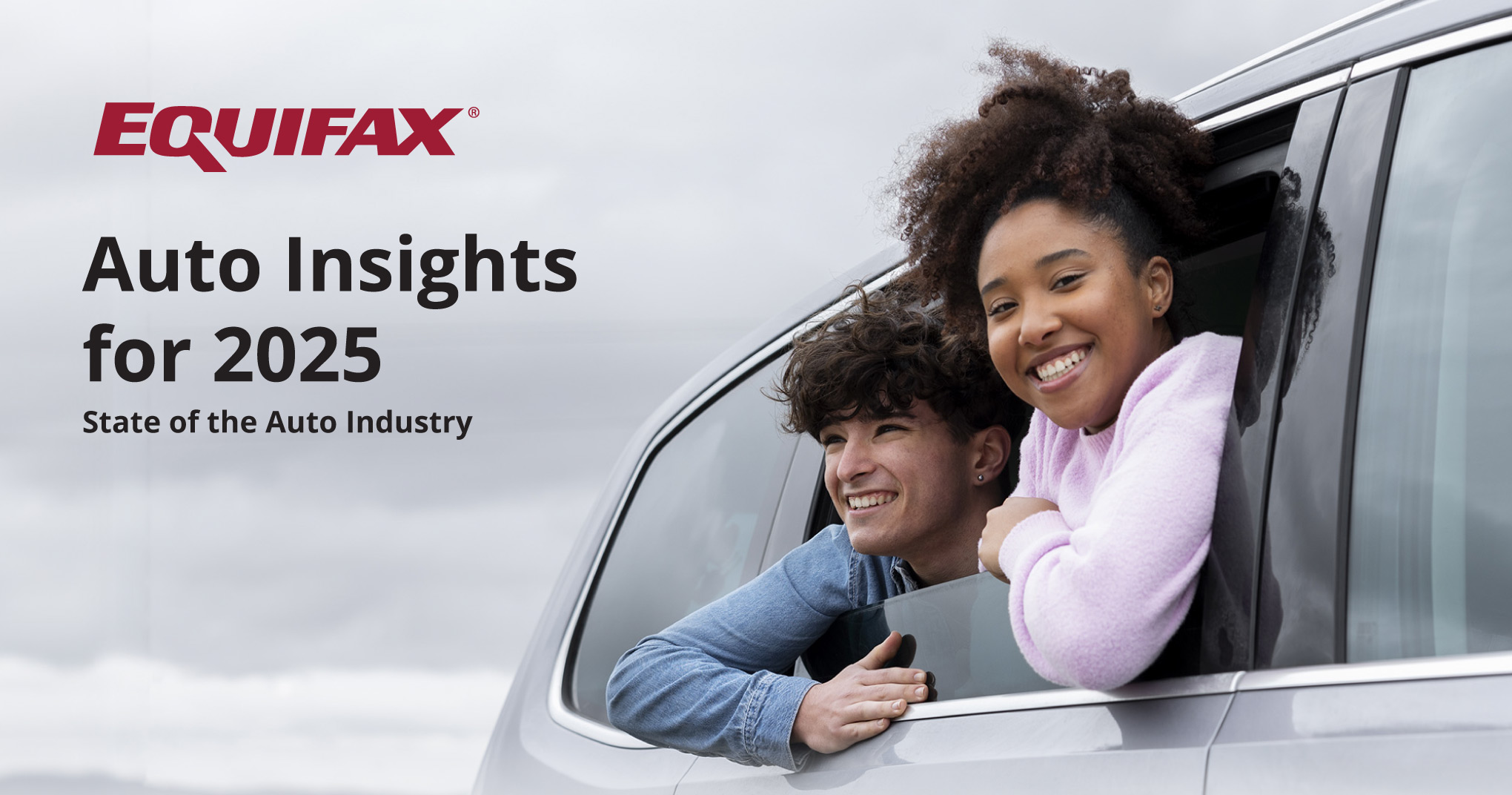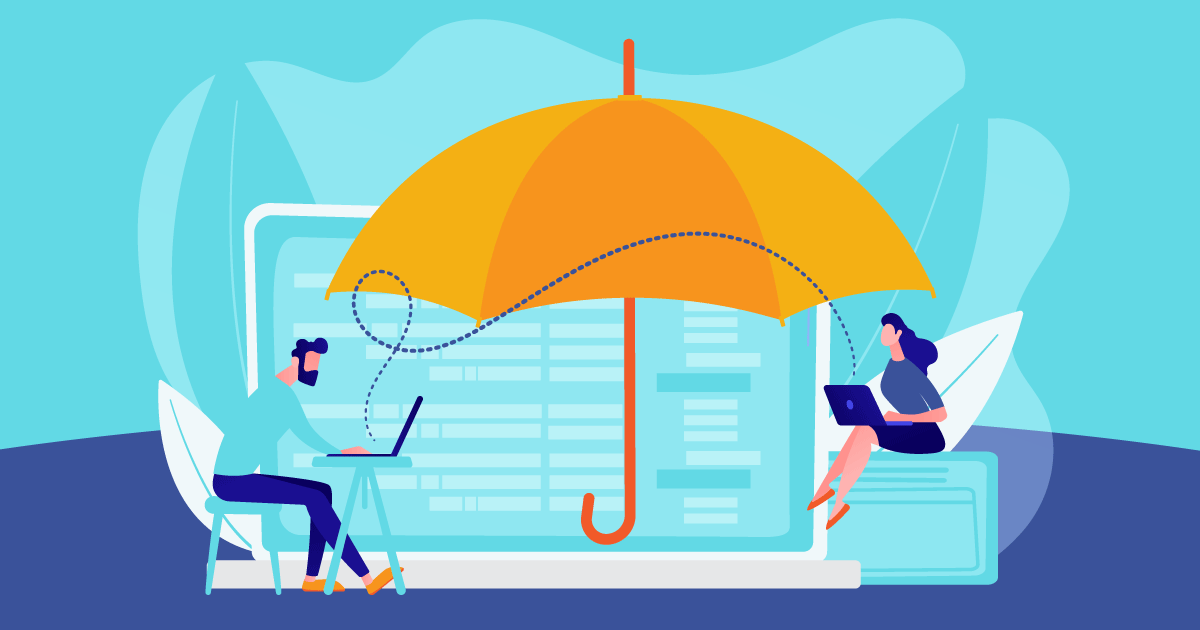Social media has become an integral part of most students’ lives. 93% of teenagers report being online “almost constantly” or “several times a day.” Therefore, it makes sense for schools and teachers to utilize social media platforms to boost student engagement.
Implementing a social media strategy can increase student participation, foster better communication, provide academic support, and make learning more fun and collaborative. This article will provide tips on how schools can leverage social media to get students more invested in their education.
Benefits of Using Social Media in Education
There are lots of benefits of using social media platforms for educational purposes and the major ones out of them are:
- Improved communication: Social platforms allow students, teachers, and parents to directly interact, share information and stay updated. This leads to strengthened relationships.
- Increased collaboration: Students can connect for group projects, discussions, peer support etc. This builds teamwork skills.
- More engagement: Social media’s interactive nature keeps students absorbed and interested in curriculum content.
- Enhanced learning: Visual platforms like YouTube, Pinterest, and Instagram can explain complex topics easily through videos, infographics etc.
- Accessibility: Students can reach study material at any time on their smartphones. This facilitates mobile learning.
- Personalized feedback: Direct messaging features allow teachers to give tailored feedback and advice to individual students.
Popular Social Media Platforms for Education
Here are some top social media tools that can be incorporated into schools along with their main usage:
- Create closed groups for specific classes, grades, clubs, etc.
- Share announcements, event updates, deadlines
- Host open discussions on lesson topics
- Create polls to gauge student opinions
- Make official school and department accounts
- Share quick news and updates through tweets
- Use hashtags for lessons, school events, competitions
- Allow students to practice concise writing
YouTube
- Upload educational videos created by teachers and students
- Share recordings of lectures, tutorials, experiments
- Create a portfolio of student project videos
- Host how-to demonstrations of lab techniques
- Share photos and videos of class activities, school events
- Use Instagram stories for behind-the-scenes updates
- Create monthly takeovers featuring student editors
- Develop class/school hashtags to aggregate posts
Curate topic-relevant content boards for lessons
Students can contribute links, images, infographics
Great visual tool for art, design, fashion, and tech classes
Best Practices for Schools
Here are some top tips for schools to optimize their social media strategy:
Set Clear Goals
Define specific objectives like improving parent interaction, student collaboration etc. This gives direction.
Create Guidelines
Develop social media policies listing do’s and don’ts for staff and students. This maintains standards.
Adopt Multi-Channel Approach
Leverage different platforms for distinct purposes to reap diverse benefits.
Encourage Student Initiation
Students should be actively involved in managing social accounts under staff guidance. This gives them ownership.
Highlight Student Work
Share student achievements, projects, artworks, blogs, etc. This validates their efforts.
Enable Two-Way Interaction
Social media is not just a broadcast tool. Reply to comments, and encourage discussions. This builds relationships.
Integrate with School Management System
Sync social media accounts and activities with your online school ERP software for efficient tracking and monitoring. This lets you easily know how engaging students are with various social media platforms.
Analyze and Improve
Use built-in analytics of each platform to gauge engagement. Refine your strategy accordingly.
Social Media Ideas for Teachers
Teachers play a key role in executing social media initiatives in schools. Here are some smart ways for teachers to use popular platforms:
- Create a class group for updates and discussions
- Share helpful links, resources, and tools such as free printable bible study lessons with questions and answers pdf
- Highlight student project milestones
- Recognize student achievements
- Make a class group for quick updates and reminders
- Share notes, lesson resources
- Collect assignments and project deliverables
YouTube
- Guide students to create video tutorials explaining class topics and projects
- Create your instructional videos on lessons, lab techniques, etc.
- Follow thought leaders in your subject area to enrich your learning
- Join Twitter chats organized by educators to exchange ideas
- Tweet interesting facts, and valuable resources related to your subject
- Give students photo assignments linked to the curriculum
- Share pictures from class activities, school events
- Create monthly student takeovers to showcase school life
Tips for Student Engagement on Social Media
Students are the focus of schools’ social media initiatives. Here are some creative ways to get them actively engaged on popular platforms:
- Post photos and videos for assignments given by teachers. This helps complete projects.
- Document class activities and school events via images and videos. This creates memories.
- Manage school accounts monthly to offer a behind-the-scenes student perspective. This builds school spirit.
- Start personal blogs to reflect on lessons learned and share insights over the year. This develops writing skills.
- Curate topic boards to consolidate useful online resources related to courses. This aids learning.
- Create visual aids like infographics to explain academic concepts. This boosts understanding.
- Participate actively in class and school online groups. This enables collaboration.
- Interact with thought leaders in fields of interest to gain exposure. This provides motivation.
- Practice concise writing by sharing short-form updates. This improves communication skills.
- Subscribe to educational video channels to learn via engaging content. This makes studying fun.
- Follow online boards created by teachers and peers to access curated resources. This facilitates self-learning.
- Collaborate with classmates on projects in private online groups. This builds teamwork.
- Showcase talents and interests by sharing creations across diverse formats. This instills confidence.
Is social media use beneficial for students?
Yes, leveraged constructively under staff guidance, social media provides many benefits for students – fosters peer collaboration, enables access to online resources, improves communication and increases engagement with school activities.
What precautions should schools take while using social media?
Schools should have written social media policies listing acceptable use guidelines. Staff oversight is important to ensure responsible use. schools. Admin access to accounts and filtering of harmful content is also recommended.
What role should teachers play in integrating social media in schools?
Teachers should act as facilitators guiding students on constructive use of social platforms for learning. They can share resources via accounts, monitor student participation, give feedback and track impact on student performance.
How can parents help in monitoring their child’s social media activity?
Parents must have open channels of communication with children on social media habits. They can follow the child’s accounts, set limits on screen time, enable privacy settings and report concerning behavior.
Is it risky for schools and teachers to interact with students via social media?
Schools should create social media policies that forbid private contact between staff and students via personal accounts. All interactions should be through official school accounts. This minimizes risks.
Conclusion
Used purposefully, social media has immense potential to engage students both inside and outside the classroom. It facilitates peer collaboration, enables access to online resources, and provides an interactive way for teachers to communicate with students.
However, schools require comprehensive policies and staff training to ensure safe, responsible social media use. With proper structure and oversight, integrating social platforms in learning can provide students many academic and social benefits.
For other tips on how to sell on social media platforms, check out this resource.










